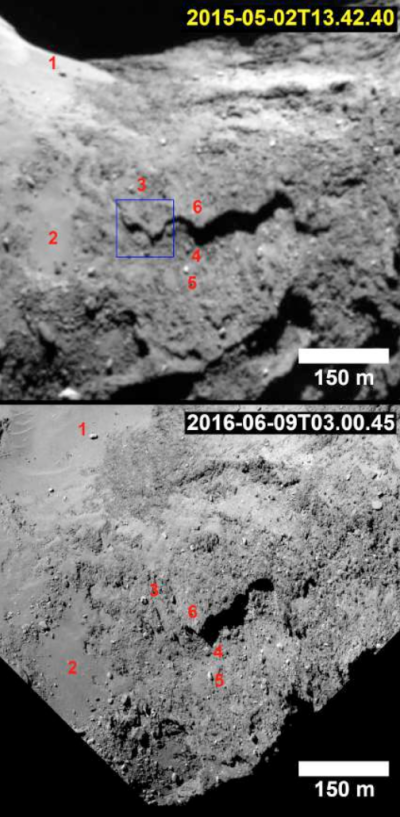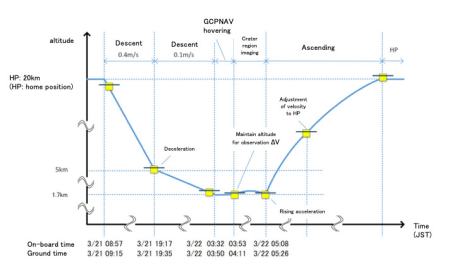Russians routinely disrupt GPS data in sensitive areas
According to one report, in the past three years the Russians have routinely and successfully fed fake GPS data to units at locations the Russians consider sensitive or of high priority.
The report — published by the Center for Advanced Defense (C4ADS), a nonprofit intelligence firm focused on worldwide security issues — found that at least 9,883 instances of spoofing occurred near sensitive areas in Russia and Crimea and during times when high-ranking officials, such as President Vladamir Putin, were present. In addition, the data showed that spoofing regularly occurred near Khmeimim Airbase in Syria during Russian operations there.
The findings underscore the dangers of relying on global positioning data, such as that provided by the global positioning system and similar technology across the globe, because the service can be disrupted or co-opted to deliver false data, says one author of the C4ADS report, who asked not to be named because of the sensitivity of the topic.
The story also described one case where researchers at the University of Texas in Austin:
were able to build a device for less than $1,000 to spoof the position of a ship and cause it to change course. “The ship actually turned, and we could all feel it, but the chart display and the crew saw only a straight line,” said Todd Humphreys, assistant professor of the department of aerospace engineering and engineering mechanics, at the time.
None of this should surprise anyone. It does however underline the need for there to be alternative navigational systems available. Ship’s crews should have a sextant available and should know how to use it. Missiles and airplanes similarly should have a backup system to check their GPS against.
And hikers and drivers should never totally rely on their GPS. Use it as a map, for guidance, but always verify its suggestions with common sense.
Hat tip reader Stephen Taylor.
According to one report, in the past three years the Russians have routinely and successfully fed fake GPS data to units at locations the Russians consider sensitive or of high priority.
The report — published by the Center for Advanced Defense (C4ADS), a nonprofit intelligence firm focused on worldwide security issues — found that at least 9,883 instances of spoofing occurred near sensitive areas in Russia and Crimea and during times when high-ranking officials, such as President Vladamir Putin, were present. In addition, the data showed that spoofing regularly occurred near Khmeimim Airbase in Syria during Russian operations there.
The findings underscore the dangers of relying on global positioning data, such as that provided by the global positioning system and similar technology across the globe, because the service can be disrupted or co-opted to deliver false data, says one author of the C4ADS report, who asked not to be named because of the sensitivity of the topic.
The story also described one case where researchers at the University of Texas in Austin:
were able to build a device for less than $1,000 to spoof the position of a ship and cause it to change course. “The ship actually turned, and we could all feel it, but the chart display and the crew saw only a straight line,” said Todd Humphreys, assistant professor of the department of aerospace engineering and engineering mechanics, at the time.
None of this should surprise anyone. It does however underline the need for there to be alternative navigational systems available. Ship’s crews should have a sextant available and should know how to use it. Missiles and airplanes similarly should have a backup system to check their GPS against.
And hikers and drivers should never totally rely on their GPS. Use it as a map, for guidance, but always verify its suggestions with common sense.
Hat tip reader Stephen Taylor.







